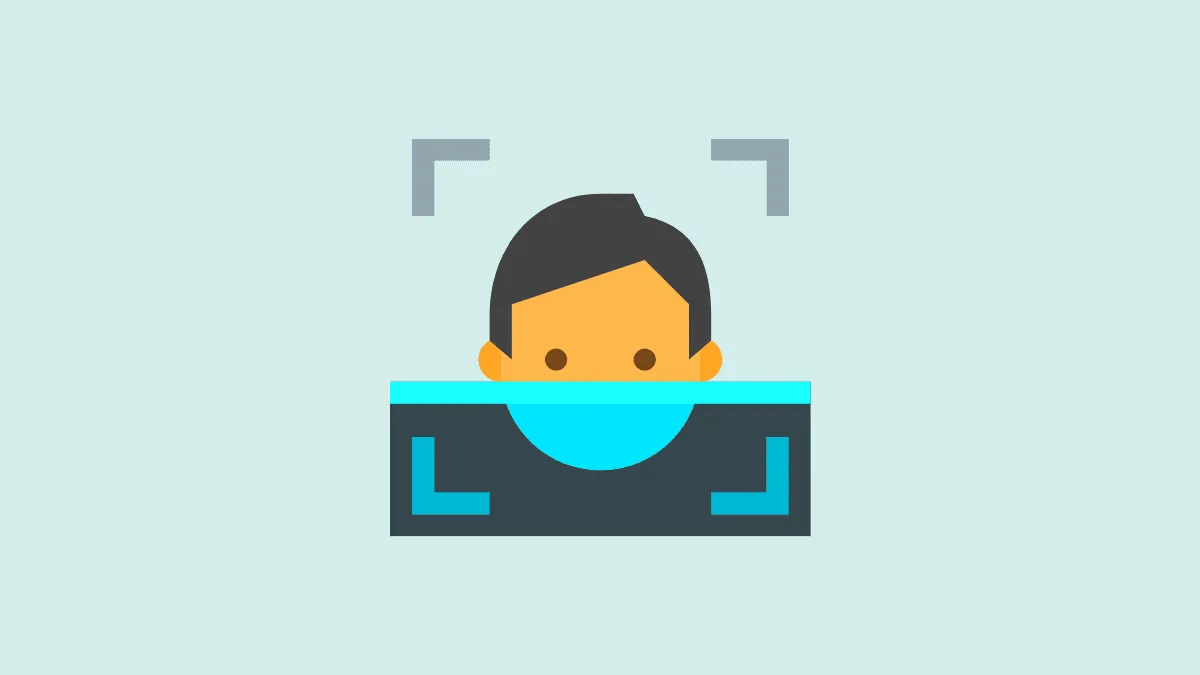The public release of iOS 14 has been here for a few days now, and overall it’s been a great update. There are a lot of good features in this update. And even though the loss of the Favorites widget was a heavy one, most of the experience has been a pleasant one. At least for most users.
But there are some for whom it hasn’t entirely been a joyride. A lot of people have been facing issues with their Face ID ever since upgrading to iOS 14, and there is no pattern to it. Users using all sorts of devices are having trouble using the Face ID. For some, the Face ID won’t work while unlocking the device, but it does with apps. For others, it’s the opposite. And then there are those who’ve got problems with both.
We all rely heavily on Face ID while using our iPhone, and it not working can make every other feature completely not worth it. But all hope isn’t lost yet. There are some things you can try to fix the issue.
Restart your iPhone
This might be the most basic advice, nonetheless, it is the most effective. Restarting the iPhone helped solve the problem of Face ID for many people. To restart your iPhone, press and release the volume up button, then press and release the volume down button, and finally, press and hold the power/ lock button until the phone restarts.
You could also add the ‘Restart’ option to the Assistive Touch menu and restart your iPhone from there if the other option seems complicated or long.
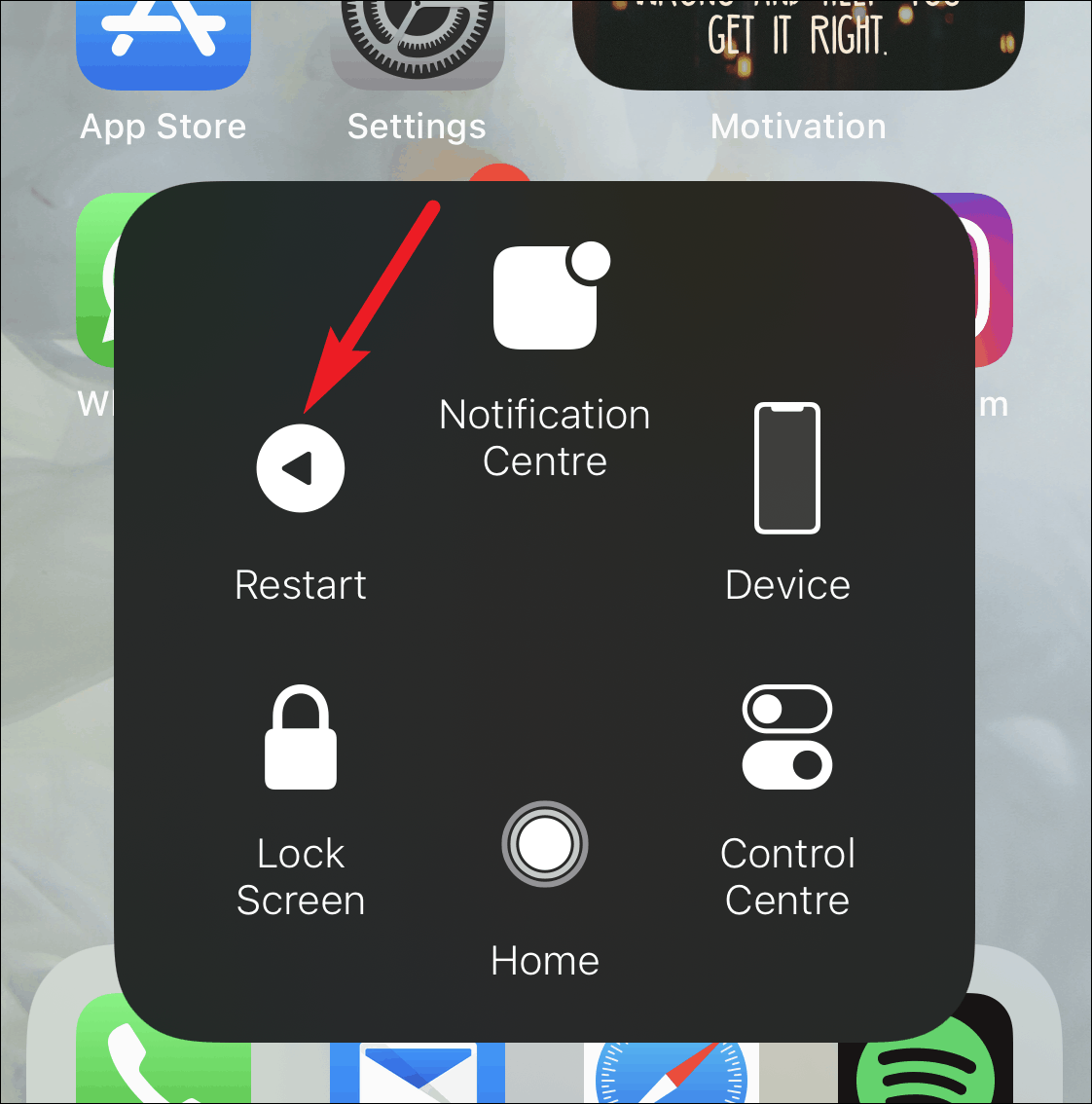
To use Assistive Touch, go to the Settings app and tap on ‘Accessibility’.

Then, go to ‘Touch’ in Accessibility settings.

Tap on ‘AssistiveTouch’ to open the settings for it.
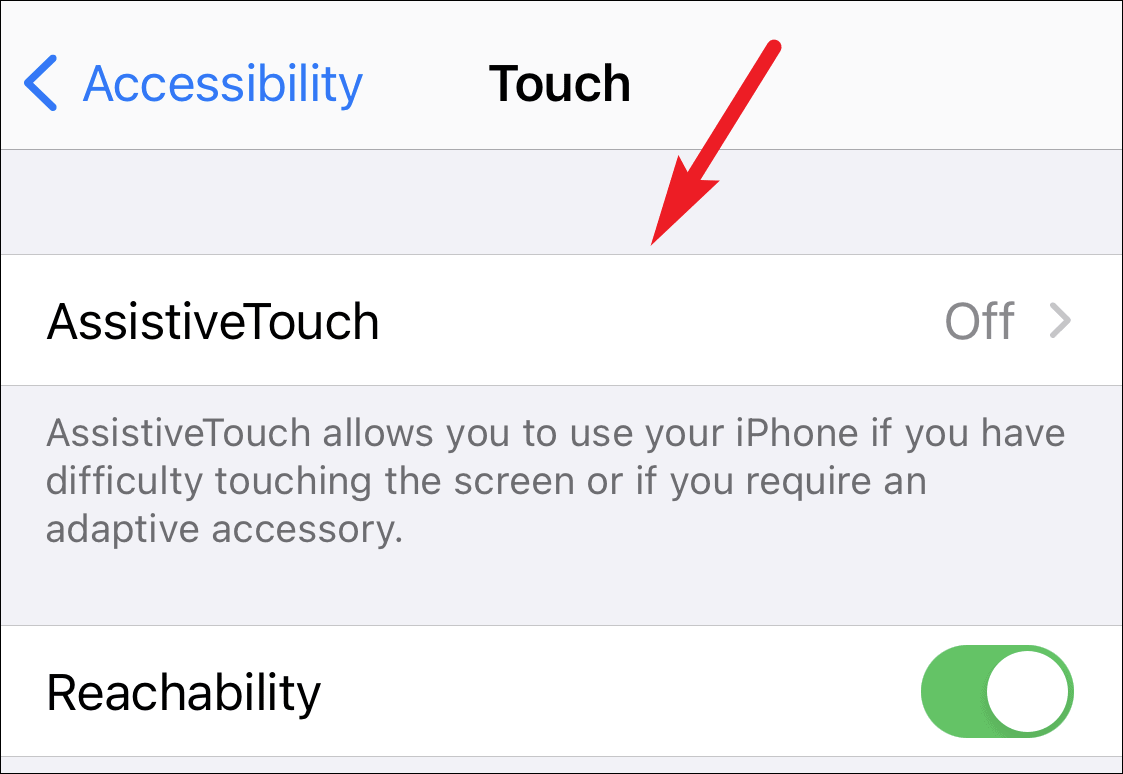
Now, enable the toggle for AssistiveTouch.
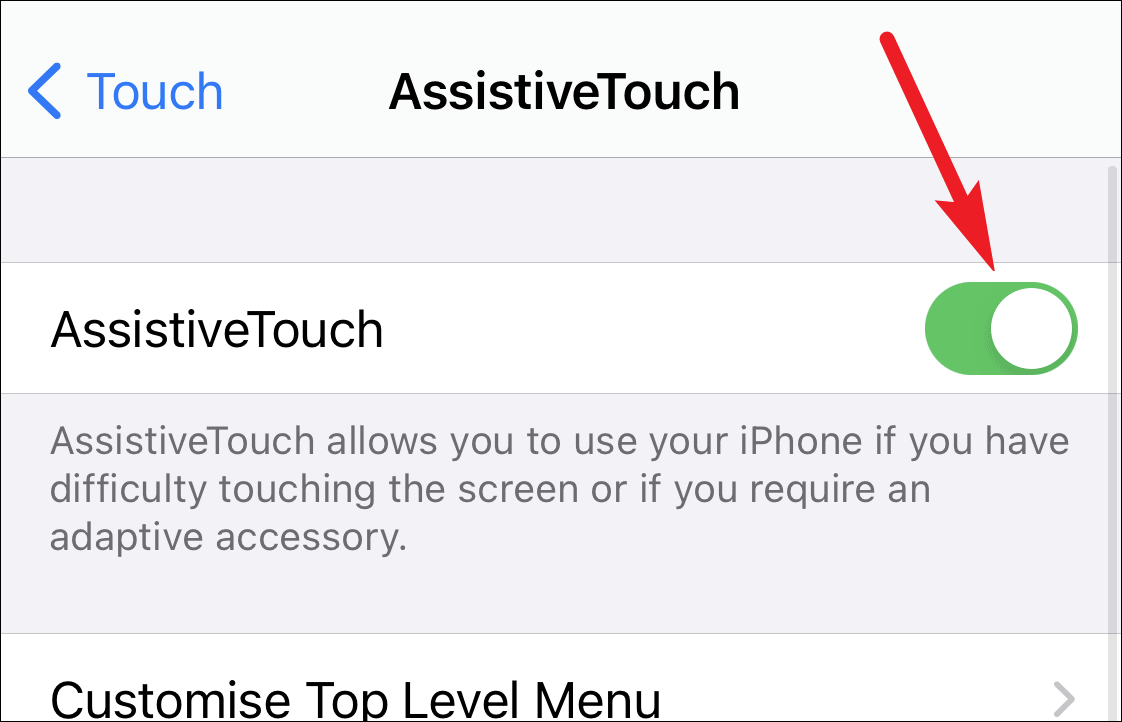
There are two ways you can use AssistiveTouch to restart your iPhone. You can either add it to the menu or use one of the Custom Actions.
To configure a Custom action to restart your phone, tap on one of the Custom actions (Double-Tap, Long Press, or 3D Touch) and select Restart from the list of options.

To configure the menu to include the Restart option, tap on the ‘Customise Top Level Menu’ option.
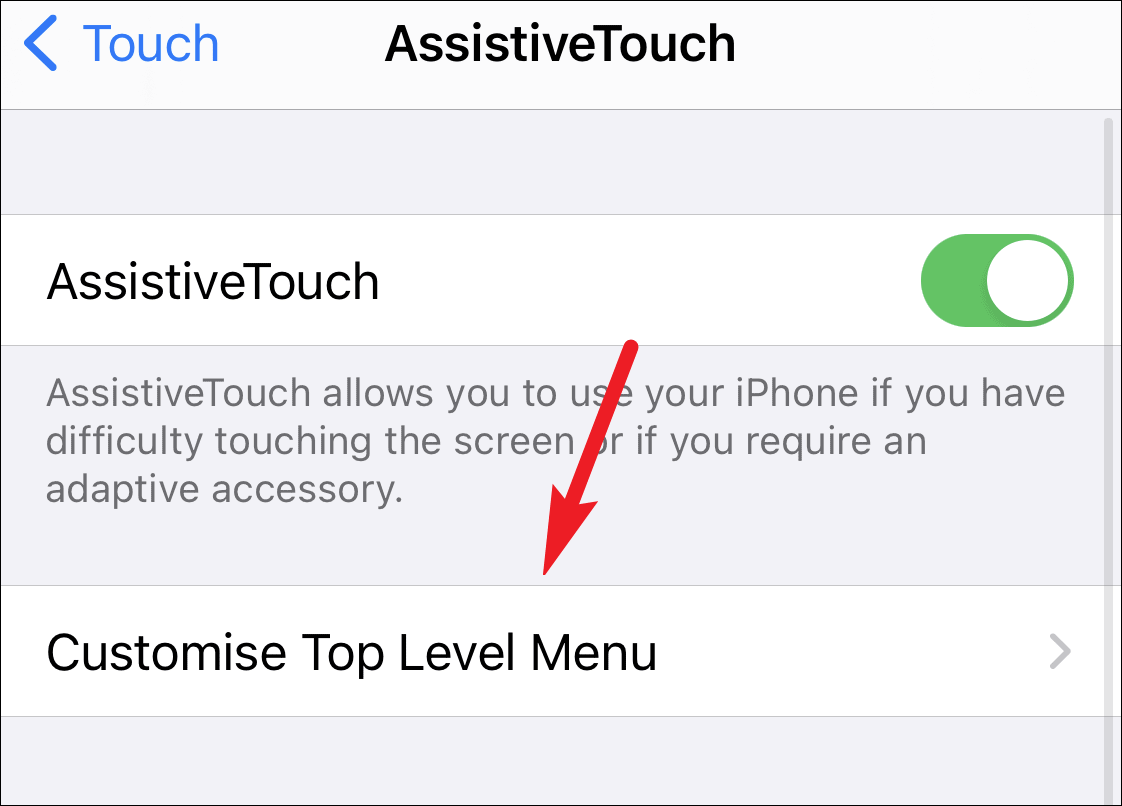
Then, either tap an existing icon to change it or tap the ‘+’ icon to add another icon of there’s room for more icons. Then, select ‘Restart’ from the list of options.
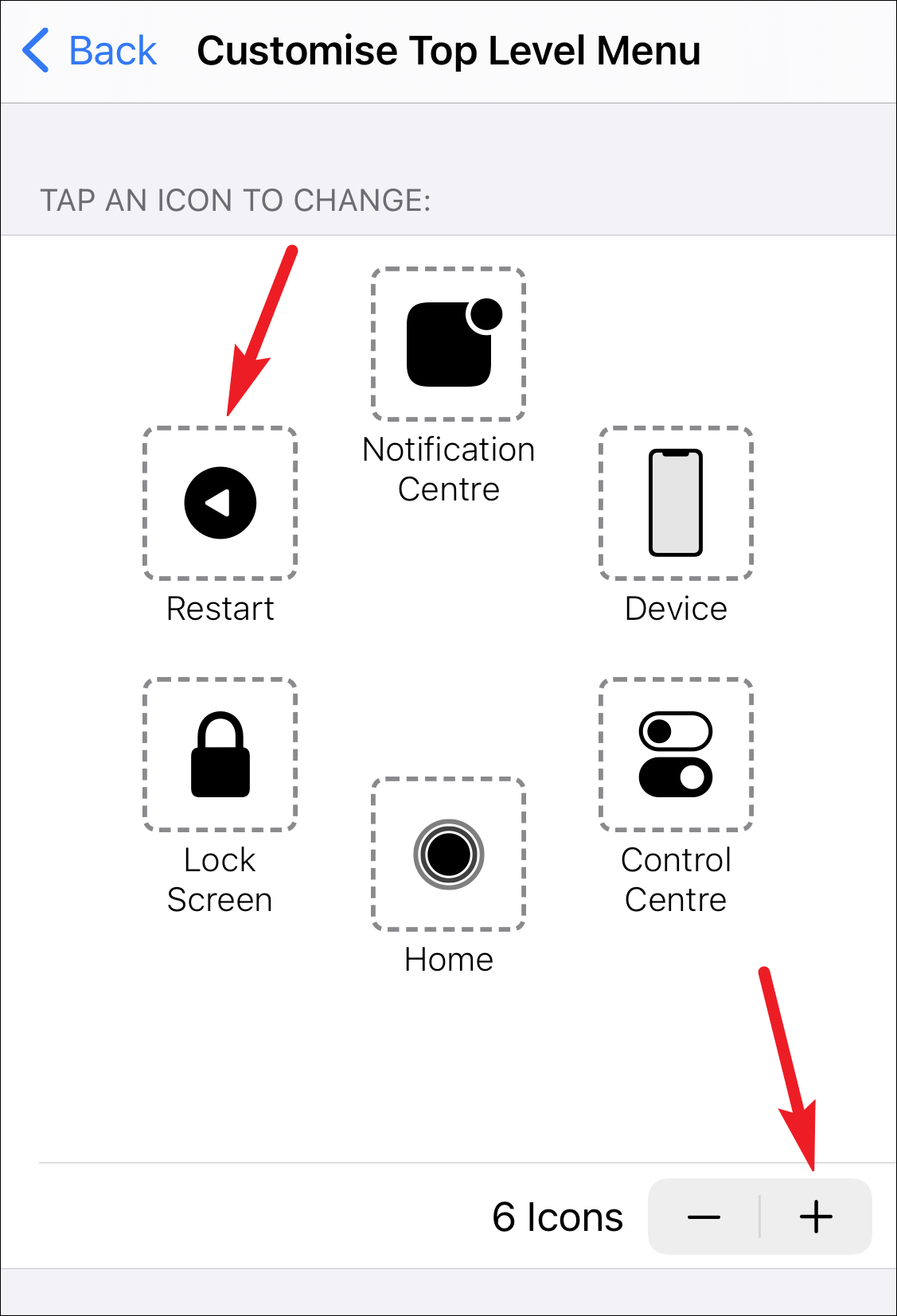
The iPhone would ask for your passcode once you restart it but after that, hopefully, your problem will be solved.
Add an alternate appearance
If restarting your phone didn’t help, maybe setting up an alternate appearance will. Generally, alternate appearance is useful for circumstances when you’ve changed your appearance drastically, and Face ID doesn’t recognize you any longer. But in this case, setting up an alternate appearance can help fix the issue.
To set up an alternate appearance, go to ‘Settings’ and open ‘Face ID & Passcode’.
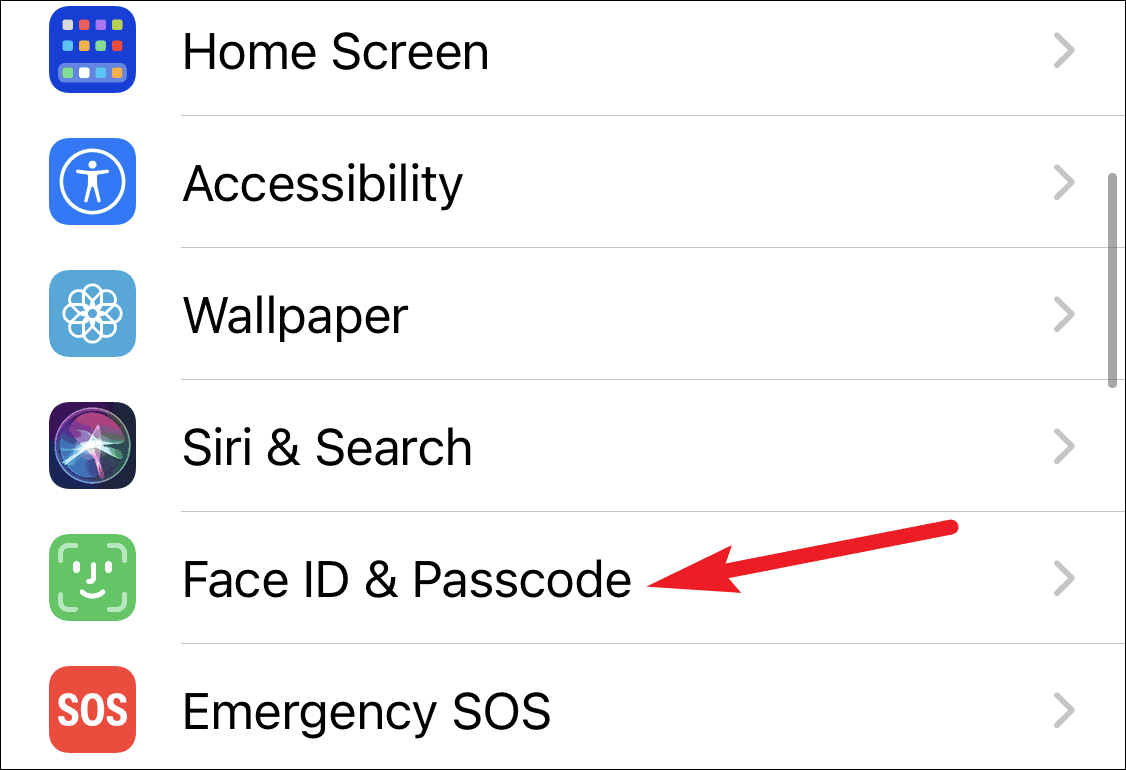
Enter the passcode for your iPhone. Then, tap on ‘Set Up an Alternative Appearance’.

The set up for Face ID will open. Follow the instructions on the screen to complete setting it up. And now check if it solved the problem.
Clean the Dust off the Front and True Depth Camera
Although it might seem unrelated to the fact that Face ID stopped working after updating to iOS 14 due to dirt or residue on the front camera, it could be that both are unrelated for you. Maybe your Face ID isn’t working due to the dust, but the timing makes it seem like the update could be responsible, as for many others.
While cleaning your front camera, make sure that you clean for any residue or dirt on the True Depth camera too. The True Depth camera is just as crucial for Face ID to work, and it could be causing all the ruckus.

If Face ID isn’t Working for a Particular App
If Face ID isn’t working for just a particular app, there’s something you can try. Open the Settings app and go to ‘Face ID & Passcode’.
Enter your passcode to access the settings. Then, tap the option for ‘Other Apps’.
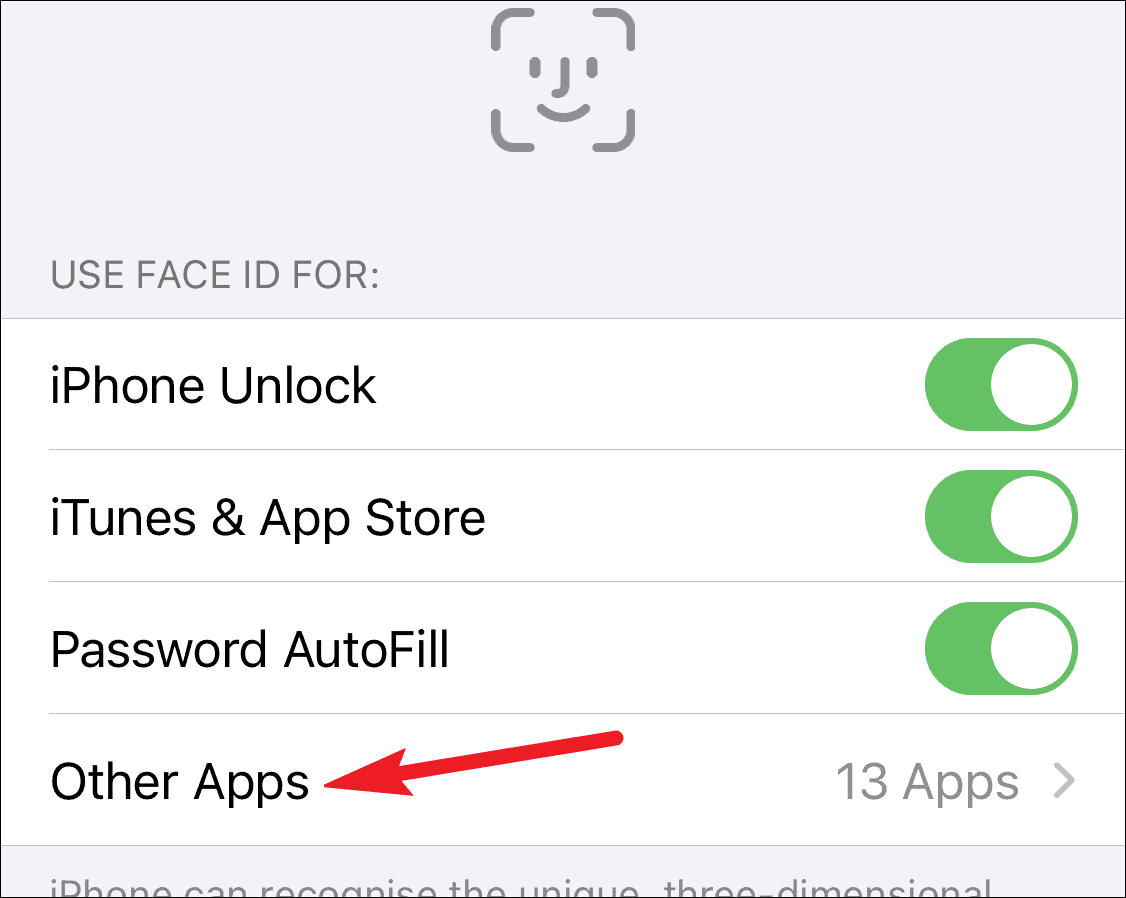
The list of all the apps using Face ID will open. Turn off the toggle for the app for which Face ID is being problematic.
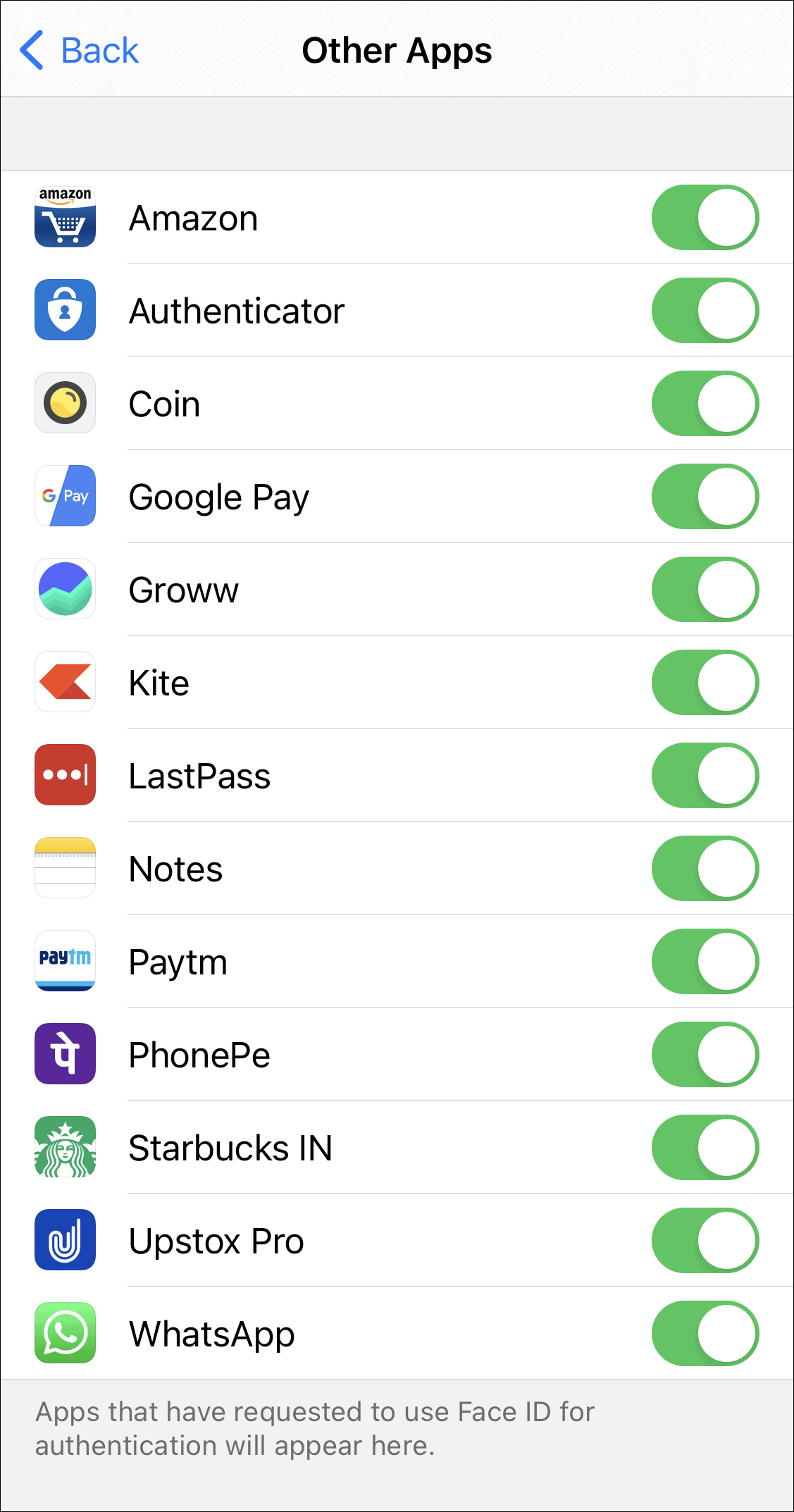
Now, open that app and sign with your Apple ID password in the app. Go back to Face ID & Passcode settings and enable the Face ID for the app again. Then, close the app from the background and open it again. Face ID should start working again.
Reset Face ID
If nothing else worked for you, it’s time to reset your Face ID. Resetting it and setting it up again can help solve the problem. Open the Face ID & Passcode settings and then tap on ‘Reset Face ID’.
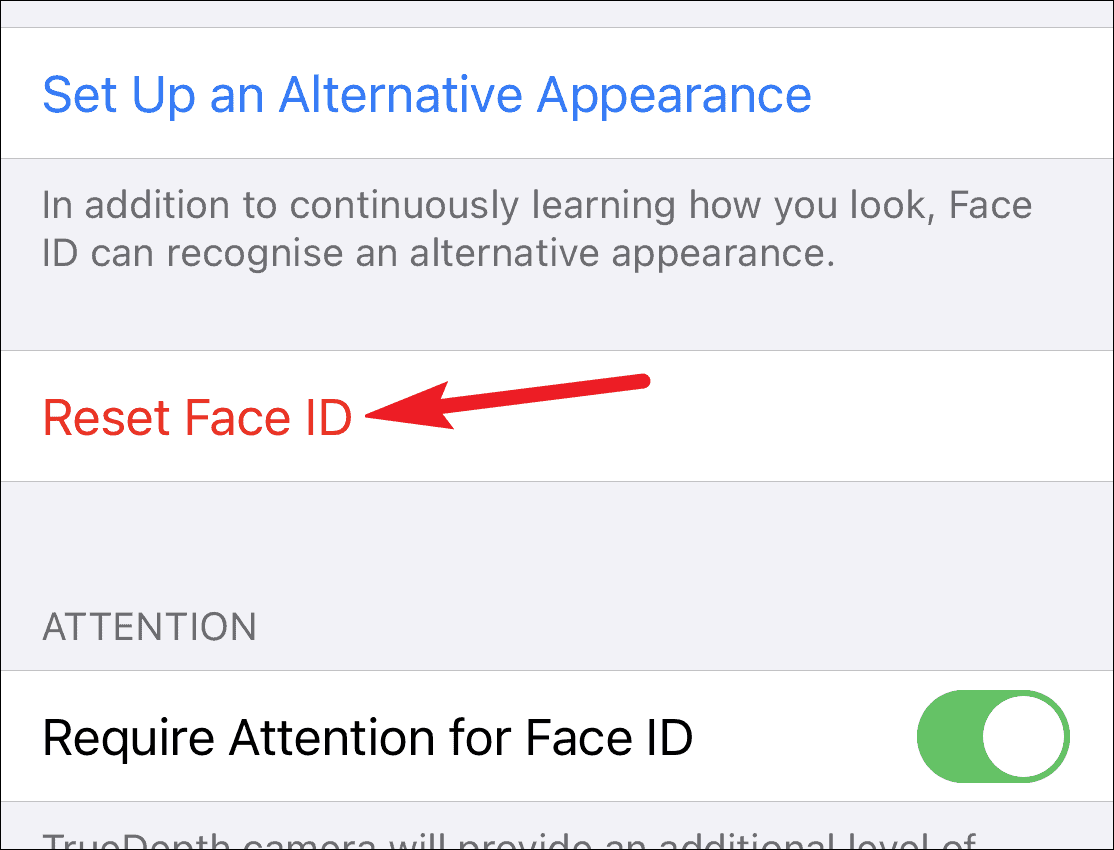
Once you’ve reset it, tap ‘Set Up Face ID’ to set it up again. Hopefully, you’ll be able to use your Face ID again.
If nothing on the list helped fix the issue for you, waiting for an update is the only viable option. As the behavior is most likely the result of a bug, Apple will release an update to fix it. Until then, using your passcode to unlock your phone is the only option.

